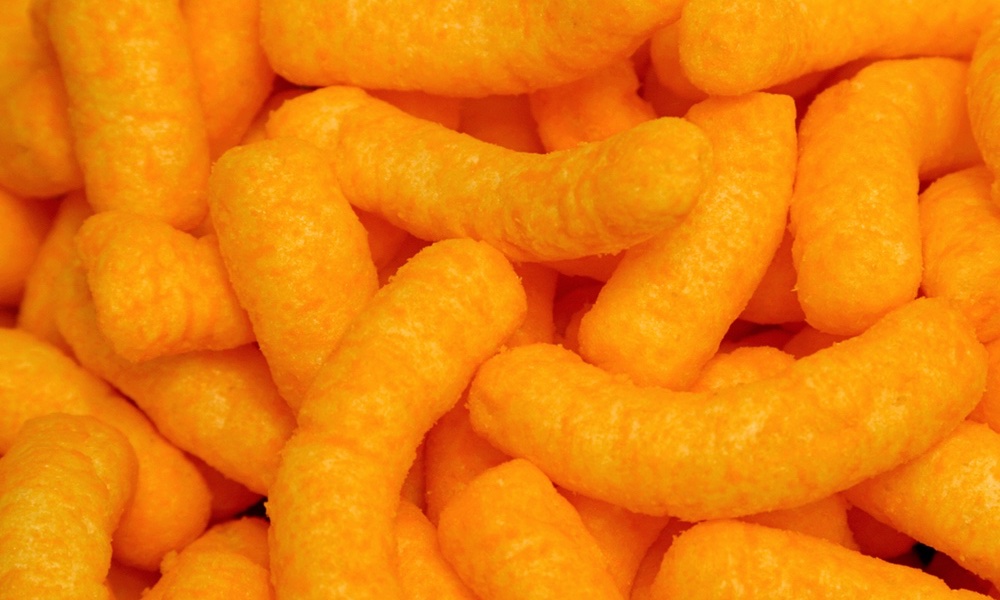If your child has suddenly developed a compulsive behavior, such as the need to check doors or say something over and over again; or has suddenly begun to have obsessive thoughts or to eat abnormally because food suddenly seems to have a strange or disgusting texture, he or she may be suffering from a type of relatively recently-identified neuropsychiatric problem which can be brought on by bacterial infection.
The child who suddenly develops obsessive or compulsive behavior or an eating disorder may be exhibiting a newly-identified neuropsychiatric problem.
The National Institute of Mental Health recently proposed criteria for a new syndrome encompassing these symptoms. Pediatric Acute Onset Neuropsychiatric Syndrome, or, more memorably, PANS, is characterized by a constellation of anxious, obsessive and compulsive symptoms, occurring in children and teens. As its name implies (acute refers to the sudden arrival of full-blown symptoms) the symptoms arise suddenly and may take the form of obsessive-compulsive disorder or abnormal eating behaviors along with other psychiatric symptoms.Â
These new criteria expand a syndrome called PANDAS or Pediatric Autoimmune Neuropsychiatric Disorders Associated with Streptococcus. In the case of PANDAS, the neurobehavioral disorders and tics are triggered by an immune response to a streptococcal infection.
- An abrupt and dramatic onset of obsessive-compulsive disorder or anorexia.
- The concurrent presence of at least two additional neuropsychiatric symptoms with severe and acute onset.
- Symptoms that are unexplainable by a known neurologic or medical disorder.
More broadly defined than PANDAS, the PANS diagnosis is not restricted to prepubertal children and there is no relationship to a streptococcal infection.
These new criteria expand a syndrome called PANDAS or Pediatric Autoimmune Neuropsychiatric Disorders Associated with Streptococcus.
The types of neuropsychiatric symptoms covered by the second criterion mentioned above may be filled by the simultaneous and similarly abrupt onset of any two of the following:
- New or dramatically worsening generalized anxiety, separation anxiety, irrational fears and worries or specific phobias. The child may be hypervigilant and act as if he or she were in danger.
- Depression and/or the regular occurrence of emotional displays that are disproportionate to what is occurring, also called emotional lability (instability). These may include self-injurious behaviors and suicidal thoughts.
- Aggression, irritability, or oppositional behaviors that occur without provocation and are different from the child's usual temperament
- Regressive behaviors such as temper tantrums, loss of age appropriate language, and other behaviors that are inappropriate to child’s age and stage
- A sudden drop in school performance: This may be manifested by decrease in attention span or poor concentration, specific loss of memorization and academic skills.
- Sensory and motor abnormalities including increased sensitivity to light, noise, smells, tastes and textures. Conversely the child may exhibit sensory seeking behaviors such as needing to touch things and textures
- Visual hallucinations
- Motor abnormalities such as deterioration in handwriting, physical clumsiness, motor hyperactivity, tics, and choreiform movements
- Somatic signs and symptoms including sleep problems, bedwetting, daytime urinary urgency and frequency
The third criterion requires that the symptoms cannot be explained by any other medical or neurologic disorder. This means a child or adolescent should be checked for toxic drug exposures, side effects of medications, Tourette's syndrome, known neurologic disorders, encephalitis, and other disorders before a PANS diagnosis is made.
Symptoms of PANS may wax and wane over time, but the true natural history of the syndrome, with and without treatment, is unknown at this time and further research is needed.
The proposed criteria for PANS are considered a work in progress developed to further define the syndrome. The goal is to learn more about the clinical characteristics of the syndrome including its natural history and prognosis as well as to identify potential causes of new onset symptoms and exacerbations of existing symptoms.
If no underlying trigger, such as a bacterial infection, is identified, the treatment of PANS is based on relief of the symptoms. This may include medication and/or behavior therapies.
Supportive therapy for child and caregivers is often recommended because the PANS syndrome can cause significant stress and distress.
Symptoms of PANS may wax and wane over time, but the true natural history of the syndrome, with and without treatment, is unknown at this time and further research is needed. Parents who see abrupt and striking changes in their children's behavior should understand that there may be a bacterial or other organic cause behind them and enlist their pediatrician's help in trying to determine its genesis.




